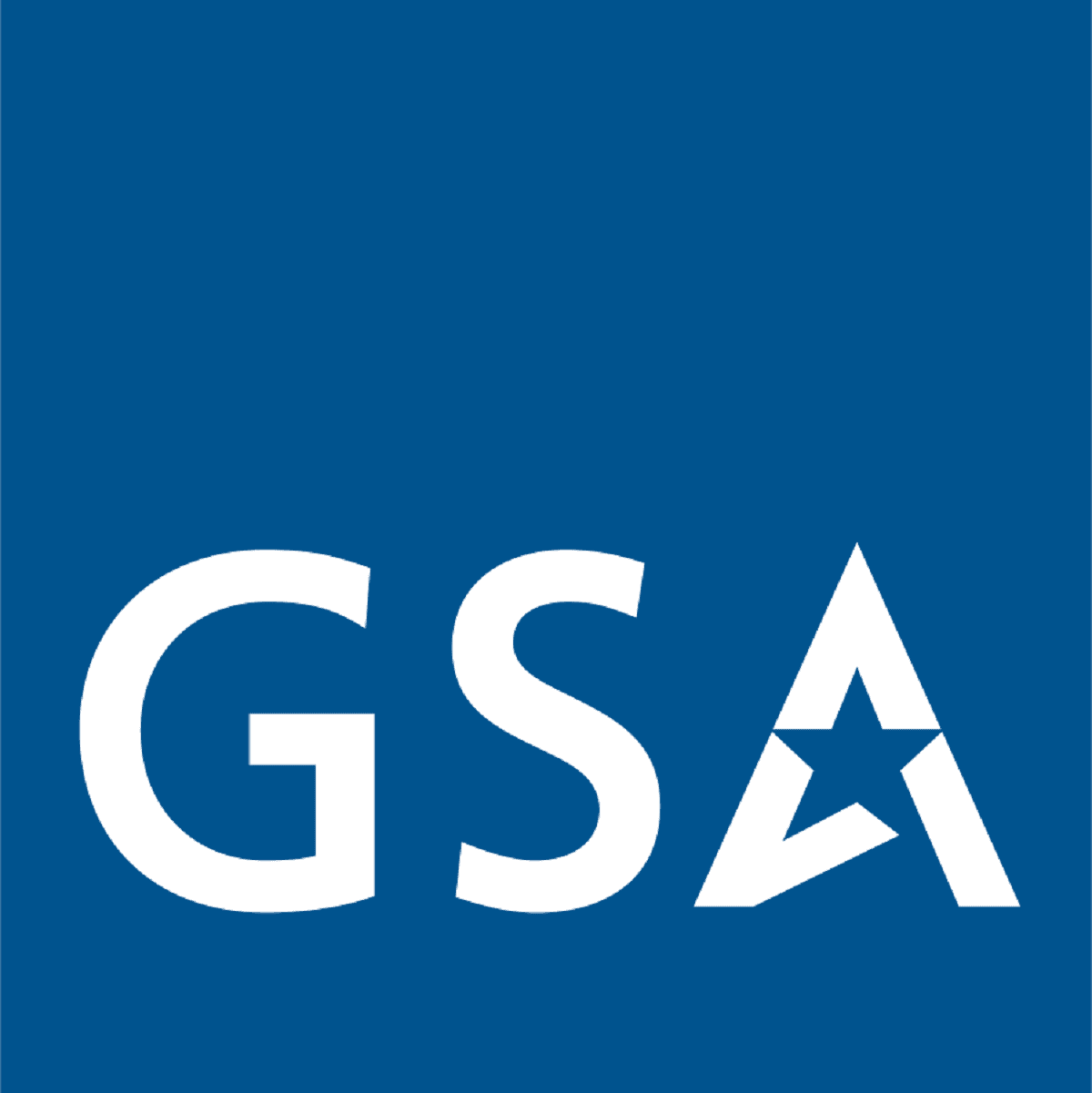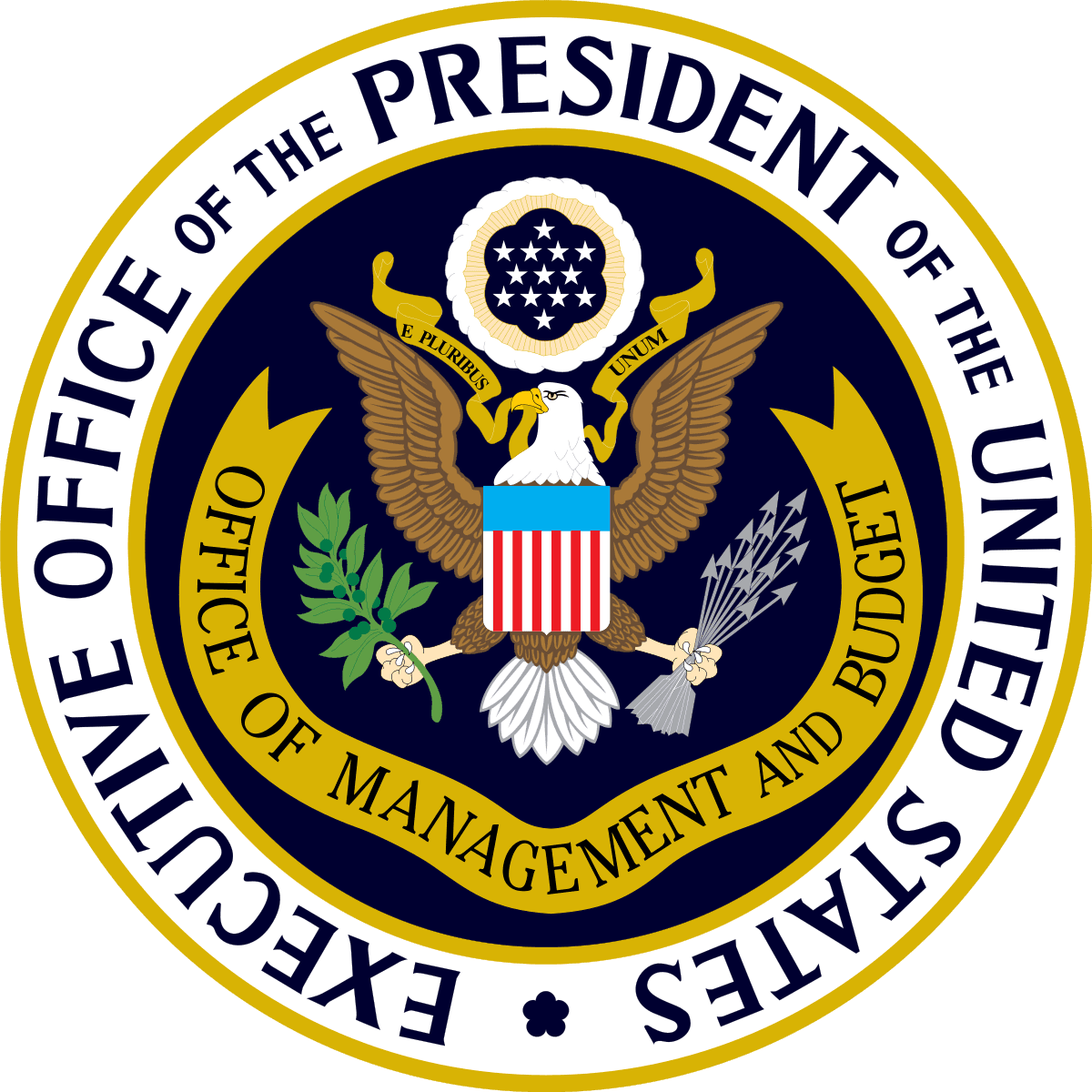SUM Data
Research question:
To what extent are agencies demonstrating increased stewardship over
Federal dollars?
Sample/Limitations:
SUM data shown is taken from the Government-Wide Category Management (GWCM) Executive Summary Dashboard, and is inclusive of Common Spend Categories only. Defense-Centric Spend
Categories are not included in the totals shown.
Approach:
Spend Under Management (SUM) is the total dollar amount of obligations that
is actively managed according to category management principles. SUM is
measured using the Federal Procurement Data System (FPDS). Within the
Government-Wide Category Management (GWCM) initiative, SUM is defined on
spend on contracts that demonstrate defined attributes for management and
data-sharing maturity. It is the total obligation amount where a
transaction has an applicable business tier of Tier 1, Tier 1-Small
Business, Tier 2, Tier 2-Small Business, or Best-In-Class (Tier 3). More
information about these tier ratings may be found on the Acquisition Gateway.
Cost Avoidance Data
Sample/Limitations:
Cost avoidance data shown is taken from the Government-Wide Category Management Executive Summary Dashboard, and is inclusive of Common Spend Categories only. Defense-Centric Spend Categories are not included in the totals shown.
Approach:
Cost avoidance is broadly defined as the extent to which a program is
delivering increased value for goods and services they acquire by paying
less, using less, or obtaining more for the same cost. Tracking and
measuring cost avoidance is important as it allows agencies to more
effectively manage suppliers, users, or program delivery, and IT services
as the basis for future analyses into total cost of ownership or asset
utilization.
The cost avoidance KPI is measured with the transactional data provided by
BIC (best-in-class) solutions and creates a framework for measuring costs
and outcomes over time. Although cost avoidance is currently being
calculated using different methodologies and baselines, varying by BIC solution, they all serve the same purpose – measuring value for goods and services acquired. This KPI helps improve agencies’ mission effectiveness and service delivery to American taxpayers, by redirecting spend and resources away from common goods and services and toward delivery of the mission.
More information about cost avoidance baselines and goals, and methodologies for calculating cost avoidance, may be found on the Acquisition Gateway.


